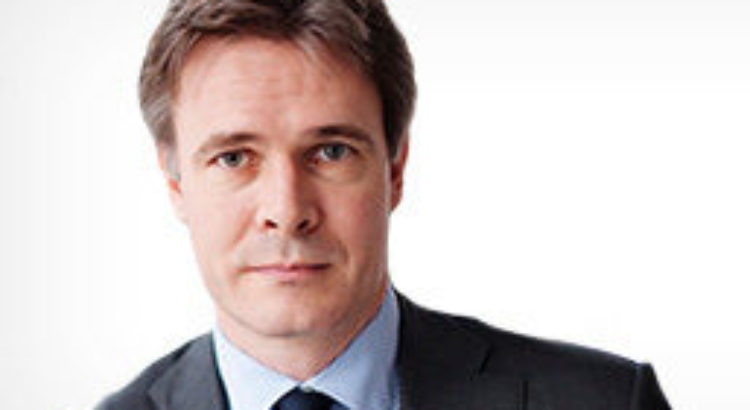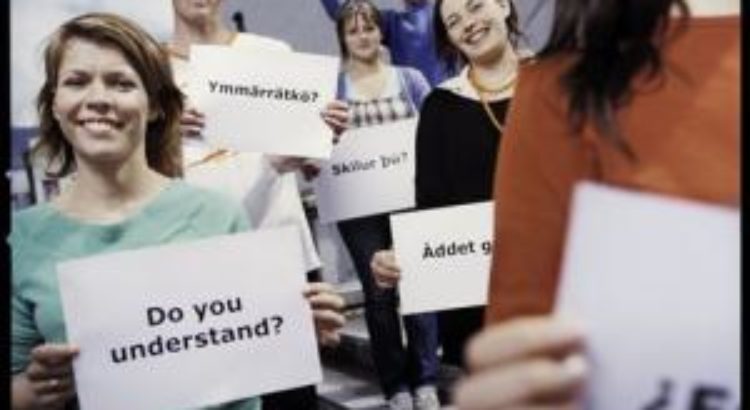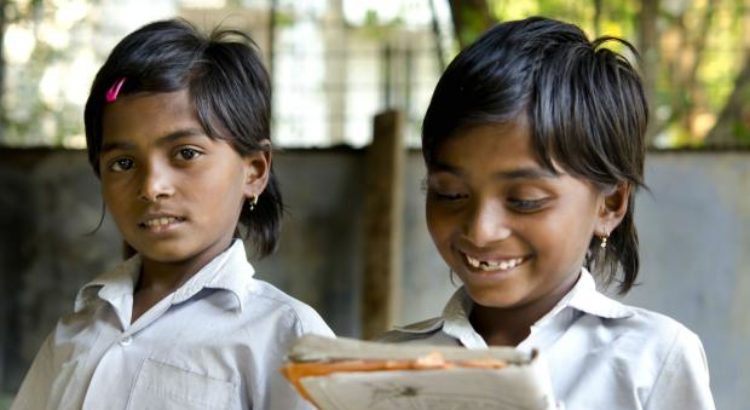Norge/Mai 05, 2018/rushprint.no
Resumen: Nuestra falta de confianza en la educación de International Stunt Academy obviamente no es mala, escribe Norsk Stuntforening en Norsk Filmforbund, en respuesta a John Kabashi. La industria ha tratado de hacer que Kabashi escuche, pero ha sido un desafío, quieren decir.
Vår manglende tillit til utdanningen til International Stunt Academy skyldes selvfølgelig ikke vond vilje, skriver Norsk Stuntforening i Norsk Filmforbund, i sitt svar til John Kabashi. Bransjen har forsøkt å få Kabashi til å lytte, men det har vært en utfordring, mener de.
For kort tid siden gikk fem erfarne stuntfagfolk ut offentlig der vi uttrykte vår skepsis til det annonserte studietilbudet “Action Actor” ved International Stunt School i Tvedestrand, i forbindelse med at dette tilbudet fikk status som fagskole av NOKUT(Norsk Organ for Kvalitet i Utdanningen) – og dermed kvalifiserer til lån fra Lånekassen.
Vår kritikk er faglig begrunnet, og kan oppsummeres i 6 punkter:
1) Det er ikke behov for eller arbeid til 20 nye “stuntskuespillere” pr år, slik skolen forutsetter og legger opp til. Å starte en slik utdanning er å kaste blår i øynene på unge mennesker som ønsker seg en karriere i film- og TV-bransjen.
2) De ansvarlige for studiet sier de har som mål å skape en “norsk bransjestandard”. Vi fastholder at dette skal og må skje på fagorganisasjonsnivå.
3) En ettårig utdanning kan aldri gi tilstrekkelig opplæring i hverken skuespill og stunt på et slikt nivå at kandidatene blir attraktive for bransjen. Vi har allerede flere 3-årige skuespillerutdanninger i Norge som utdanner flere skuespillere enn bransjen klarer å ta imot.
4) En NOKUT-vurdering som ikke er avprøvd opp mot den profesjonelle bransjen i Norge
– verken hva gjelder bransjens behov eller for å sikre at kvaliteten på utdanningstilbudet holder mål – kan ikke ansees som en kvalitetssikret vurdering.
5) Eier og pedagogisk ansvarlig for stuntemner, John Smith Kabashi, kan ikke dokumentere at han har den kompetansen som kreves for å være pedagogisk leder for et slikt utdanningstilbud.
6) Når vi ikke stoler på Kabashi´s kompetanse, vil vi være tilsvarende skeptiske til å engasjere stuntpersonell utdannet ved skolen hans.
Vi advarer derfor om at dette kan bli en utdannelse til arbeidsledighet, sett fra vårt faglige ståsted.
30. april kom Kabashis tilsvar til vår bekymringsmelding, men noen påstander som avkrever noen kommentarer fra oss:
1) “Denne utdanningen er et viktig skritt i profesjonaliseringen av stuntfaget i Norge”.
Det finnes allerede norske profesjonelle. Noen av oss har jobbet med dette fagområdet i mer enn 20 år. Og opplæring – erfaringsbasert og bransjerelevant sådan – foregår innenfor de ulike stuntteamene som allerede eksisterer og er tilpasset norske og nordiske forhold og produksjonsvirkelighet. En skole hvor studieplanen er satt sammen av en entusiast med begrenset faglig erfaring og innsikt og uten kontakt med fagmiljøet her til lands, er etter vår vurdering ikke en videreutvikling av stuntfaget i Norge.
Det er heller ikke noe særegent i Kabashis påstand om at han har et stort internasjonalt kontaktnett, det har naturligvis alle vi som har jobbet lenge i stuntfeltet. I tillegg til samarbeid på produksjoner, bruker vi også dette nettverket til å holde oss faglig oppdaterte. Bare de siste årene har stuntmiljøet avholdt fagkurs her i Norge med størrelser som Joe Perez, Eric Chen og Carrie Thiel – for å nevne noen.
Ikke noe av det Kabashi bringer til torgs er veldig nytt. Heller ikke tanken om en stuntskole. Kabashi gikk selv på Zin-Lit Stunt Academy i Ystad, Sverige, hvor han var elev i 2008, men han fullførte ikke utdanningen. Denne skolen hadde ambisjon om å rekruttere elever fra hele Norden, men skolen gikk likevel inn i 2010 på grunn av for få søkere.
2) “Deres mistro skyldes mer misforståelser og mangel på innsikt i vår planlagte drift enn vond vilje.”
Vår manglende tillit til utdanningen til International Stunt Academy skyldes selvfølgelig ikke vond vilje. Men vi vet at Kabashi har drevet stuntskole før, da han hadde sin private skole i Moss. Her gikk enkelte elever til søksmål mot skolen da de ikke opplevde at de fikk den undervisningen de var blitt lovet. Det var også lite kontakt mellom dette forrige skoleinitiativet hans og det norsk fagmiljøet, men det skyldtes heller ikke uvilje fra vår side – i utgangspunktet. Men det som gjentatte ganger opplevdes som manglende seriøsitet fra skolens side, gjorde at lysten til å undervise her forsvant. Og for å vise at dette ikke er et særnorsk fenomen, her er et sitat fra den svenske stuntkoordinatoren Seth Ericsson:
“Finns mycket att säga om detta. John kontaktade mig för kanske 4 år sedan gällande en förfrågan att jag skulle bli utbildningsansvarig för deras stuntutbildning men jag avböjde av framför allt professionella skäl. Väldigt tråkigt att en så oerfaren person lyckas snacka till sig denna positionen. Han var bra på att prata men allt var väldigt tunt när man började ställa lite frågor.”
3) “De (-) stiller blant annet spørsmålstegn ved min egen bakgrunn i stuntfaget ved å vise til få krediteringer på imdb.com.”
Kabashi´s forklaring på at han har såpass få meritter som faktisk kan spores på f.eks. imdb.com, er at han “primært har jobbet med kortere formater som ikke automatisk blir registrert i databasen (reklamefilm, o.l.)”. Det høres jo ut som dette er noe han har satset bevisst på. Vi mener imidlertid det er et minstekrav at en stuntperson også må ha jobbet med spillefilm. Og særlig en som skal være pedagogisk leder av en utdanning, og inneha nok faglig tyngde, bredde og dybde til å lede opplæring av andre i stuntfaget.
Vårt arbeidsfelt kan deles inn i A, B og C-produksjoner; A er spillefilm og TV-drama, dvs de store, tunge produksjonene. B er kortere, men stadig profesjonelle (honorerte) formater som kortfilm, enkeltepisoder for TV, samt reklame. C er lav- og nullbudsjettproduksjoner, entusiast-filmer og elevfilmer ved filmskoler; som oftest handler det her om gratisjobbing. C-kategorien er den desidert letteste typen produksjoner å komme seg med på. Og ingenting galt i det, men man lister bare unntaksvis slike på en proff CV.
4) “Jeg er pedagogisk ansvarlig ved skolen, men selvfølgelig ikke eneste lærer og instruktør.”
Vi tviler ikke på at han har med seg flinke folk. Det kan man kjøpe for penger, og studiet koster kr. 87.500.- pr elev. Krumtappen i enhver utdanning er likevel pedagogisk ansvarlig. Kabashi har selv laget læreplanen for stunt, han setter sammen lærerteamet, han skal følge opp studenter, han skal bedømme læreres kompetanse og undervisning, og han må ligge i forkant når ting kan gå galt, og sørge for at de ikke gjør det. Når han selv ikke kan vise til tilstrekkelig skolering, spesialisert trening eller erfaring, har vi ikke tillit til at dette er godt nok ivaretatt.
5 ) “At de fem også stiller spørsmålstegn ved NOKUT og deres sakkyndige, som har godkjent vår fagskolesøknad, synes jeg faller på sin egen urimelighet.”
Hvorfor det? Dette er et skoletilbud som hovedsaklig er filmrettet. Vi reagerer på at de sakkyndige som ble oppnevnt til å vurdere tilbudet (og som Kabashi takket ja til), selv har sin faglige hovedvekt fra teaterregi og skuespill, ikke film. Og da følgelig heller ikke noen tung stuntbakgrunn. Noen kompetent fagfellevurdering er det ikke snakk om her. Er det ikke vår plikt å si fra om det?
6) “Parallelt med at de har reist kritikk mot vår skole har de fem opprettet et eget fagutvalg for stunt innenfor Norsk Filmforbund (NFF). “
Dette har ikke skjedd “parallelt». Vi har jobbet med en slik faggruppe siden 2015, ikke minst for å takle de nye utfordringene insentivordningen gir oss, med flere utenlandske produksjoner i Norge. Ikke på grunn av International Stunt Academy.
7) “Jeg synes det er flott at NFF fremhever stuntfaget og at de kan bidra i vårt arbeide med å etablere bransjestandarder, men det må være under forutsetning av at faggruppen ikke bare blir en mekanisme for å beskytte etablerte aktører mot konkurranse fra nye.”
Det er særlig på dette punktet Kabashi demonstrerer manglende bransjekunnskap. En bransjestandard for stuntarbeid, med egne HMS-retningslinjer osv, settes og opprettholdes av oss, det aktive fagmiljøet, ikke av en skole. Kartet skal tilpasses landskapet, ikke omvendt.
8) “Jeg håper (-) at NFF kan ønske vår skole og våre studenter velkomne i bransjen, slik arbeidsgivernes organisasjon, VIRKE Produsentforeningen, allerede har gjort.”
Norsk Filmforbund er naturligvis prinsipielt opptatt av og positiv til god utdanning og utdanningstilbud som møter bransjens behov. Det ser vi dessverre ikke at denne utdanningen gjør.
Leder for Virke, Torbjøn Urfjell, forutsetter at HMS-krav blir profesjonelt ivaretatt, men bifaller ellers etableringen på prinsipielt grunnlag (Nordlys 15.03.18). For arbeidsgiversiden virker det kanskje som en god idé med 20 nye, håpefulle stuntutøvere i året, klare for innsalg. Men det vil ikke gjøre film og TV som arbeidsplass tryggere.
Som filmarbeidernes fagorganisasjon er Norsk Filmforbund derimot svært skeptisk til denne nyskapningen. Den skepsisen bør man lytte til. For det er ikke produsenten som står der på sett når en kabel ryker, en bil skjener ut eller en kropp ramler forkjært. Det er film- og TV-arbeiderne, som stuntutøvere også er en del av, som bærer den direkte risikoen ved arbeidsulykker.
Til avslutning
Kabashi inviterer til dialog. Det er vel og bra, men da må han også være forberedt på å lytte. Det har tidligere vist seg å være en utfordring. For han har fått sine sjanser i miljøet. Siden han var 19 år har medlemmer av stuntfaggruppen gitt ham tips og råd på hvordan han burde gå frem. Rådene gikk på hvordan han best kunne utvikle seg som stuntutøver, og hvordan komme seg inn i bransjen – på en etterrettelig og profesjonell måte.
Vi opplever heller ikke det norske stuntmiljøet som lukket, slik Kabashi beskriver det, men inkluderende og med plass til nye folk. Vi samarbeider mer enn noen gang tidligere, nye som gamle, og lærer opp potensielle utøvere, gitt at de utviser profesjonalitet og ydmykhet for faget. Men vi setter et ufravikelig krav til sikkerhet, kvalitet og etterrettelighet i alle ledd.
Vi stuntfolk er av natur en diskré gjeng, men vi har dannet en faggruppe innenfor NFF også for å synliggjøre vårt fag og våre standarder. Og samtidig, på lik linje med andre fagorganisasjoner, for å kunne holde useriøse aktører på armlengdes avstand.
Hilsen
Kai Kolstad Rødseth – Stunt og Spesialeffekter AS. Kristoffer Jørgensen – Arctic Action AS. Otto Tangstad – STUNTMAN Otto Tangstad. Pål Morten Hverven – Norsk Stuntgruppe/Fiksern. Christel Jørgensen – Scandinavian Stunts (alle er medlemmer av Norsk Stuntforening, et fagutvalg under Norsk Filmforbund)
Fuente: https://rushprint.no/2018/05/en-utdanning-til-arbeidsledighet/













 Users Today : 35
Users Today : 35 Total Users : 35459630
Total Users : 35459630 Views Today : 81
Views Today : 81 Total views : 3418053
Total views : 3418053